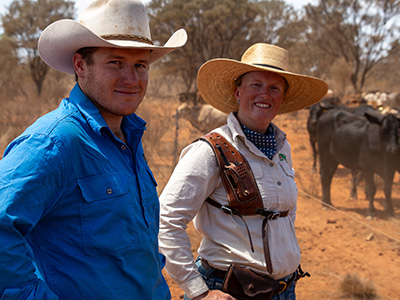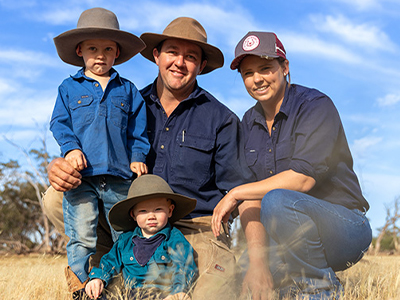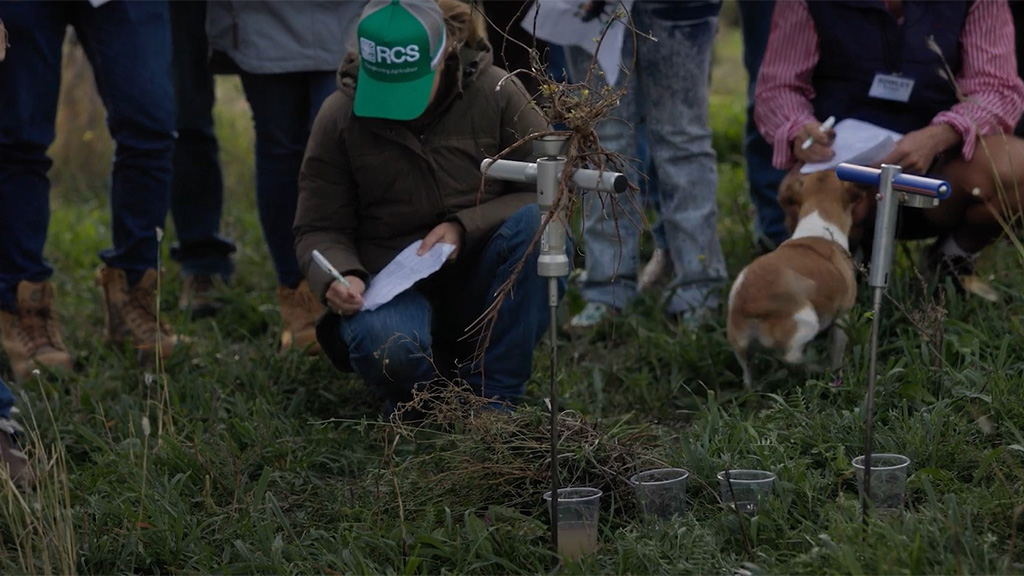Carbon is a strange new world with lots to understand. We are excited to share with you the first in a series of Soil Carbon related articles to provide you with the latest information. To start, lets look at the basic terminology. If none of this is new to you – keep an eye for upcoming article with more advanced sections.
Terminology
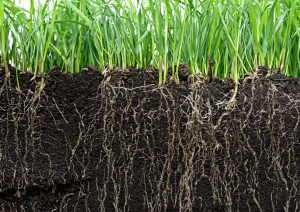
1. What is a carbon credit? One carbon credit anywhere in the world equals 1 tonne of carbon dioxide (CO2) equivalent (called CO2e). One tonne of methane is roughly 25t CO2e and one tonne of nitrous oxide is roughly 310 t CO2e. This reflects that the other gasses have greater heating capacity that carbon dioxide.
However even though they are all the same unit, they may have different values depending on the integrity of the measurement and value placed on it by the market. Eg a shonky credit from a wind farm in India may be worth $2/t, an Australian Carbon Credit Unit (ACCU) from waste stream gas is currently worth $35/t, an ACCU from some forestry projects is worth $37/t and an ACCU created under a burning method on indigenous land is currently worth $42/t.
2. How are carbon credits measured? In Australia, an ACCU must be created under a METHOD, which is determined by the Clean Energy Regulator (CER), a federal body. Methods are like very detailed recipes which lay out stringent rules on how to create, measure and account for credits. There are currently 37 methods in Australia and there are plans to add about five per year. After 10 years and several iterations, some of the methods are becoming useable in the real world!! Over the next two years, new methods in the agricultural sector will make it more beneficial for land owners to become involved, but much more complex to calculate the outcomes.
3. What happens with a credit when you have some? In order to create the credit, you will have been following the recipe of a method and will have passed an audit which says you can create the credits. When the regulator has ticked off on them, they will be created in your own Australian National Registry of Emission Units (ANREU) account. This account tracks the certificates type, location and ownership in a Government run electronic system.
When they have been issued, they may be used to offset your own emissions and retired, traded for income (usually with an emitter who will retire them) or held for future use or sale. They do not have to be used when they are created.
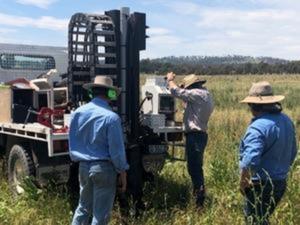 4. What is the difference between emission reduction and sequestration? Reducing emissions may be able to earn credits in agriculture from 2024. These might include lowering methane emissions, lower fuel usage or reducing nitrogenous fertilizer use. Essentially it means you would lower your CO2 emissions.
4. What is the difference between emission reduction and sequestration? Reducing emissions may be able to earn credits in agriculture from 2024. These might include lowering methane emissions, lower fuel usage or reducing nitrogenous fertilizer use. Essentially it means you would lower your CO2 emissions.
Sequestration on the other hand draws down CO2 from the atmosphere via photosynthesis, and stores that carbon in trees and soil. For sequestration to be real, the carbon drawn down must be permanent. I.e. it must remain in the landscape rather be returned to the atmosphere.
5. Permanence and newness. An avoided emission does not have a permanence period but must have a new activity associated with its reduction. In other words it must be more than “business as usual”. However sequestration projects require both permanence and a new activity. Technically, permanence means that sequestered carbon will be retained for 100 years.
However, sequestration projects in Australia now offer the choice between a 25 year permanence period and a 100 year permanence period. This is because very few people would do a project with a 100 year permanence period. There is a 20% penalty if you choose a 25 year period. That means that 20% of all credits created going forward, will be lost to make up for the shorter period. Your permanence period starts from the first crediting event.
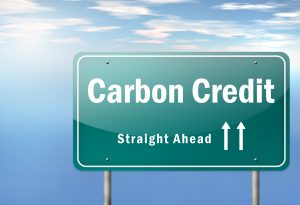 6. What is a carbon project? To earn ACCUs, a project has the following characteristics;
6. What is a carbon project? To earn ACCUs, a project has the following characteristics;
- It must be registered with the Clean Energy Regulator (a slow and painful process)
- It must follow an approved method (usually a complicated process)
- It must have interest holder consent (ie banks, partners etc)
- It must be audited by a third party who testifies that the method has been followed.
- A sequestration project will be mapped to a defined piece of land
- It may have one or more Carbon Estimation areas.



 4.
4.  6.
6. 


